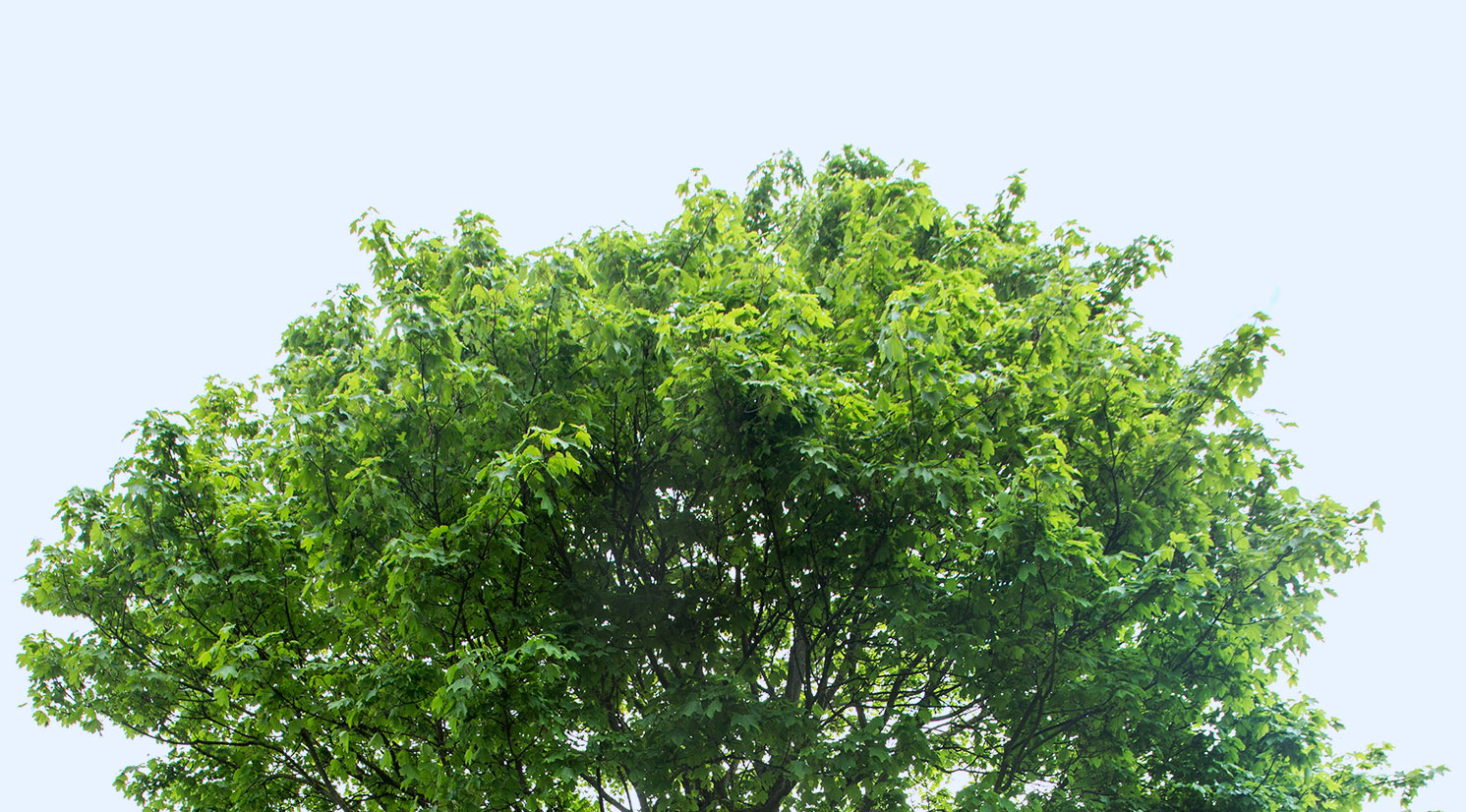Written by Garrett Moyer, Ohio History Service Corps Member (AmeriCorps)
From the very earliest days of The Dawes Arboretum, providing a space for education and conserving the natural beauty of Ohio has been critical to its mission. Beman Dawes foresaw the need for natural spaces in a society that is constantly drawn to urban sprawl. The connections to the places where we live, learn and share experiences are just as important as what we are doing while we are there. For the staff of The Arboretum, these two ideas are intrinsically connected.
For those who don’t know, The Arboretum has been supporting young professionals since the beginning. I am just one in a current line dating back to our earliest days as an organization. For the last 8 months, I have had the opportunity to serve as a member of the Ohio History Service Corps while continuing to learn from our Learning and Engagement Department.
I am not from Licking County nor central Ohio, so I came into The Arboretum blind. I only knew about the Dawes family from a YouTube video about the 1933 World’s Fair. On my first day, I was given a tour of the grounds with our Historian, Leslie Wagner, pointing out the features that I now know by heart. At the same time, I was given a list of tasks to complete during my service year. I had previous experience researching rural life in the Midwest and one of my tasks was just that. I had been asked to research the oldest staff members of The Arboretum. No one had ever thought to ask, “Who worked here?”
That same week, I was asked to introduce myself to a volunteer in the History Center. I was introduced to Judy, one of our fantastic volunteers, who also happened to previously live at The Arboretum. Her father, Everett Sandford, was once the Superintendent. Judy’s stories of living at The Arboretum included a fascinating detail of parking her car in the Blacksmith Shop. She told more about her father and brother Jim. In my first week, I quickly began to understand what this place is.
As I continued my service in those first few months, I met some other long-time staff of The Arboretum. They echoed those same feelings Judy had, tying them to this place. I kept thinking about the project and how I would approach it.
I began this research process in December, first looking through our archives for mentions of the staff. I had picked up a few names through conversations, oral histories and some research that had been done by volunteers before I started my service. Beginning with Bertie’s journals, I began my journey of scouring each of our collections. Beman’s journals included more mentions of staff, even when they were doing work at Dawes’ other properties. I searched through milking records that were wider than our archive tables, seeking any mentions of their names, what they were doing and what life was like here.
Our pictures of early staff are limited, but the evolution of The Arboretum is apparent and their contributions are still present. Many appear in early tree dedications but seemingly disappear from the spotlight. They are often seen in the background working on gardens and nurseries, however, that does not mean they went unnoticed.
As I finished going through our materials, I turned to outside sources to continue building the profiles of these staff members and their families. Not many academic sources have considered studying an arboretum as a rural feature, so finding information to contextualize The Arboretum’s history was difficult. I brought in contemporary government reports on rural and residential labor in the Midwest, census, military data and county records among other sources. Along with our collection materials, I came to an understanding of not only what these men did, but the circumstances of why they did it.
I have found mentions of these staff members in the collections of other local historical societies. People from outside The Arboretum remember what the impact they had on the community. I’ve had the opportunity to meet and hear the experiences of their descendants. It is a piece of Licking County’s wider historical importance, The Arboretum’s reach and of those who lived and worked here.
Tonight, we will conclude our Spring Speaker Series with the History of The Dawes Arboretum Staff from 1917 until 1959. Our first forty years saw many changes to technology and agricultural labor that laid the foundation for The Arboretum we see today. While this is the first time this information will be shared, it will not be the last. As we continue as an institution to build a community that values all contributions, we first must understand the contributions of those who came before us.

